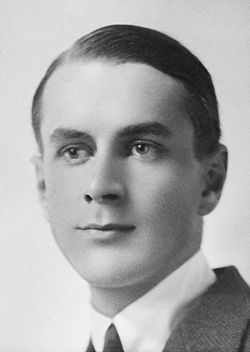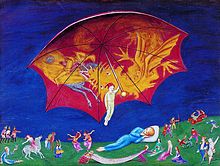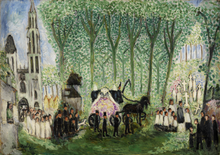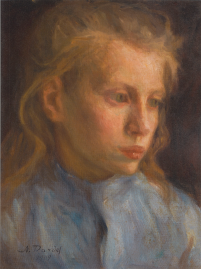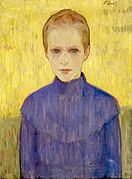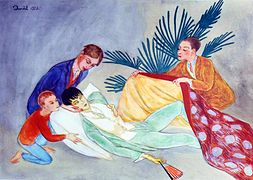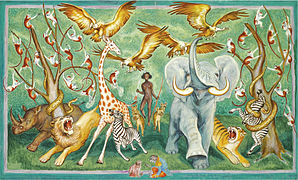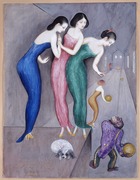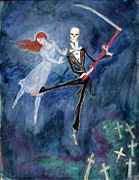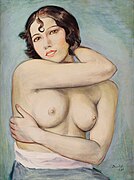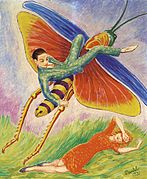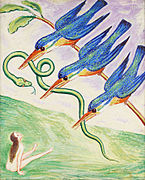
Moderna Museet, Stockholm, Sweden, is a state museum for modern and contemporary art located on the island of Skeppsholmen in central Stockholm, opened in 1958. In 2009 the museum opened the Moderna Museet Malmö in Malmö.
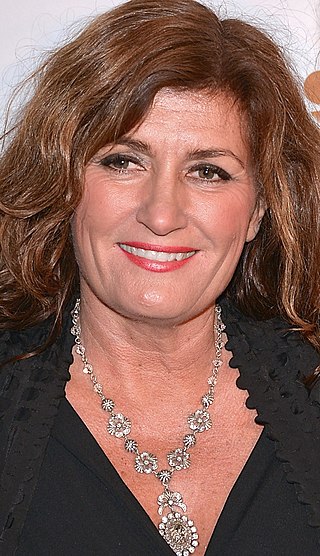
Mari Jungstedt is a Swedish journalist and crime fiction author.
Mamma Andersson is a Swedish contemporary artist. She is based in Stockholm and is married to artist Jockum Nordström.
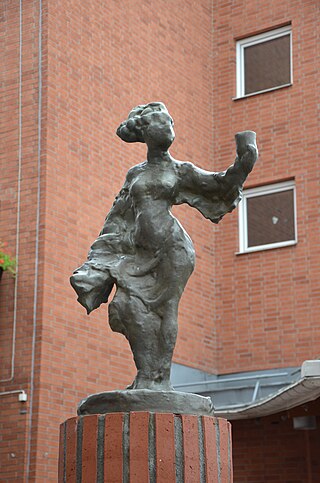
Peter Dahl was a Swedish painter, sculptor, and printmaker.

Georg Vilhelm Pauli was a Swedish painter, known primarily for portraits and figures. He was also the author of numerous art-related books.

Karl Fredrik Nordström was a Swedish painter who specialized in landscapes. From 1896 to 1920, he was chairman of the Association of Artists (Konstnärsförbundet).

Gottfrid Larsson was a Swedish sculptor.

SvanteGustav AdolfKede, was a Swedish artist and painter.
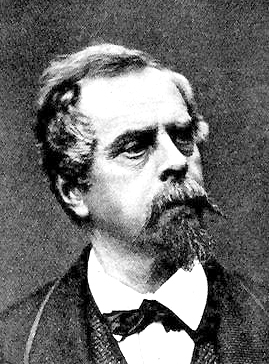
Fritz Ludvig von Dardel was a Swedish diarist, illustrator and early comics artist. He was a courtier, and is known for his diary and illustrations depicting the life of the Swedish court in the mid-19th century.

Ivan Lönnberg was a Swedish modernist painter. In style he was close to the Swedish painters of his generation known as "De Unga" which included Isaac Grünewald and Birger Simonsson.
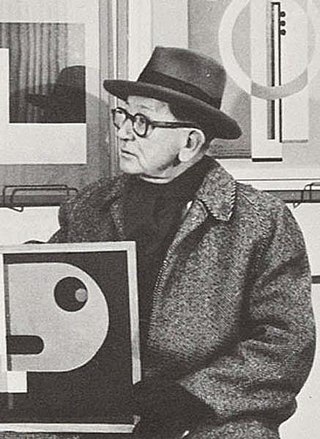
Gösta Adrian-Nilsson, usually referred to as GAN, was a Swedish artist and writer. He is regarded as a pioneer of the Swedish modernist art movement. His style was fluid with changing trends and contained elements of cubism, futurism, expressionism, surrealism, avant-garde, progressivism, romanticism, and abstract.
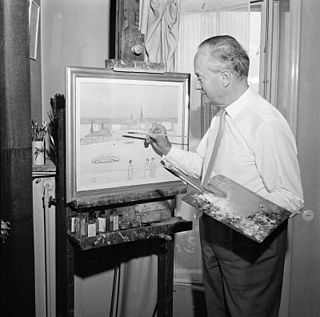
Einar Jolin was a Swedish painter best known for his decorative and slightly naïve Expressionist style. After studying at Konstfack, Stockholm in 1906 and at the Konstnärsförbundets målarskola, Jolin and his friends Isaac Grünewald and Einar Nerman went to Paris for further studies at Henri Matisse's academy from 1908 to 1914.
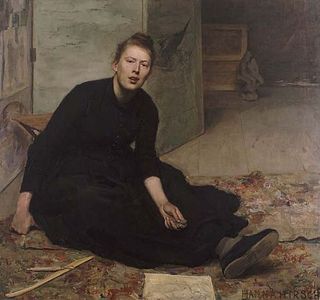
Portrait of Venny Soldan-Brofeldt is an oil painting by Hanna Pauli from 1887. The painting was purchased in 1911 to the Gothenburg Museum of Art, where it is today.

The Dying Dandy is a painting by Nils Dardel, painted in 1918, and today it is part of the collection of Moderna Museet in Stockholm.

Harriet Irène Elisabeth K:son Ullberg was a Swedish painter.
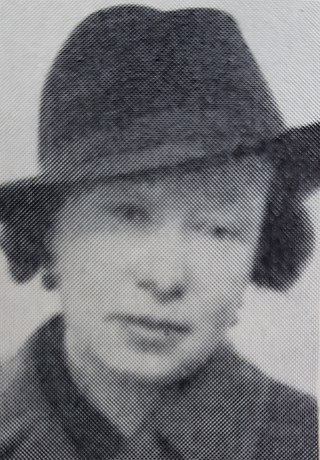
Elin Elisabeth "Elli" Hemberg, was a Swedish abstract painter and sculptor. She is most famous for her architectural sculptures, which often feature three dimensional visuals and elements of dynamic symmetry. Her work is featured in the Museum of Modern Art in Stockholm, as well as the Museum of Art in Kalmar, among other places.
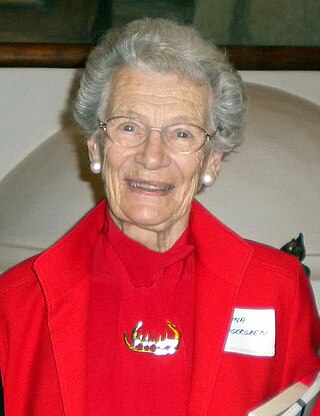
Nina Viveka Maria Lagergren was a Swedish businesswoman and the half-sister of Raoul Wallenberg, and the leading force to find out what happened to him after his disappearance. She was the founder of the Raoul Wallenberg Academy. She also presented Sommar i P1 in 2014 on Swedish Radio. She was the mother-in-law of Kofi Annan.
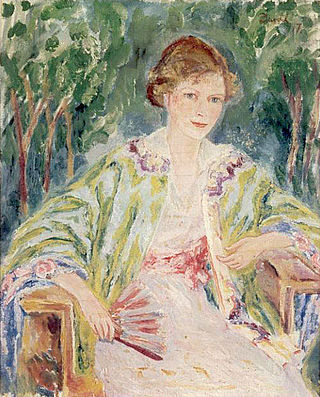
Ebba Maria Sassnitza Wallenberg, was a Swedish artist known for her romance with Nils von Dardel and as the main motive of several pictures which Dardel painted during the period 1917–1920. Her third given name was inspried by the ferry-line Trelleborg-Sassnitz, of which her father, Gustaf Oscar Wallenberg, had been CEO in the 1890s. He later was the Swedish ambassador to Japan; it was during one of those trips to Japan, in 1917, that his daughter met Dardel at the annual imperial cherry-blossom festival.
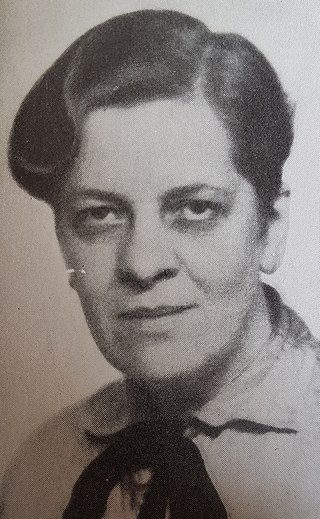
Mollie Faustman was a Swedish painter, illustrator, journalist and author.
Kerstin Abram-Axelsson née Nilsson; was a Swedish artist, debater, and social activist, who primarily expressed herself through various paintings and graphic arts. Her work has been shown in exhibitions throughout Europe, the United States, Mexico, and the Soviet Union.
